Compassionate and Kind
Being compassionate and kind is closely related to empathy. While empathy refers more generally to the ability to take the perspective of and to feel the emotions of another person, compassion goes one step further. Compassion includes the desire to take actions that will alleviate another person’s distress.
Compassion means ‘to suffer together’. From this sharing in suffering comes the motivation to help relieve the suffering of others. By taking action in some way, for example, wishing it were different for someone, sitting with someone who has just received bad news or providing a meal to someone in need, we are less likely to become overwhelmed by seeing the distress of others. As we enhance our ability to really see and feel what is around us, our ability to experience compassion grows. We can reach out, feel care, be kind and help others, not just our loved ones or friends but other living beings in our community and in the world.
The ability to feel compassion and be kind to others has been found to have numerous health benefits for our mind and body for both those giving and those receiving. We come into the world with a desire to connect with and care about and for others. We come into the world with a natural capacity for empathy, love and compassion. Through practicing compassion, we can strengthen that capacity over time.
103 Resources
-
- Secure and Calm
- Gets Along with Others
- Alert and Engaged
- Compassionate and Kind
- Solves Problems Peacefully
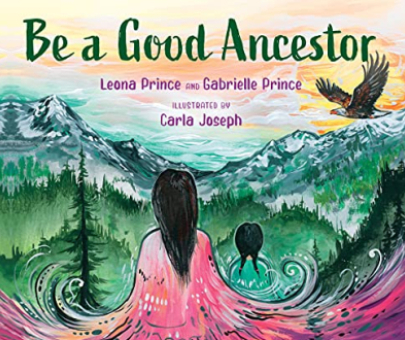
Be a Good Ancestor Book Resource: Indigenous Teaching and Practices
-
- Secure and Calm
- Gets Along with Others
- Alert and Engaged
- Compassionate and Kind
- Solves Problems Peacefully
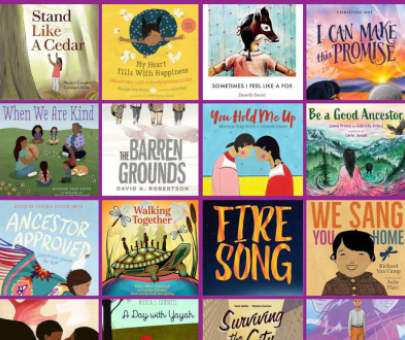
Indigenous Connections and Perspectives for Heart-Mind Well-Being: Children's Booklist & Activities
-
- Secure and Calm
- Gets Along with Others
- Alert and Engaged
- Compassionate and Kind
- Solves Problems Peacefully

Supporting School Transitions for Tweens and Teens
-
- Secure and Calm
- Gets Along with Others
- Alert and Engaged
- Compassionate and Kind
- Solves Problems Peacefully

Empathic Assertiveness: Confidence, Communication & Respect
-
- Secure and Calm
- Gets Along with Others
- Alert and Engaged
- Compassionate and Kind
- Solves Problems Peacefully
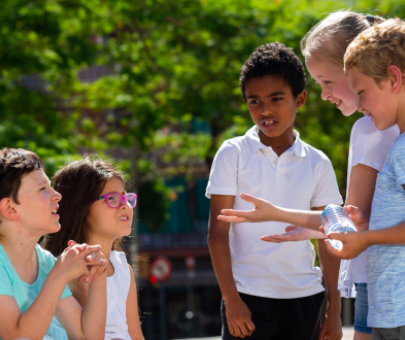
Passive Mouse, Assertive Dog, Aggressive Alligator: Exploring Communication Styles for Kids
-
- Secure and Calm
- Gets Along with Others
- Alert and Engaged
- Compassionate and Kind
- Solves Problems Peacefully

7 Practical Steps Towards Feeling More Optimistic
-
- Secure and Calm
- Gets Along with Others
- Alert and Engaged
- Compassionate and Kind
- Solves Problems Peacefully
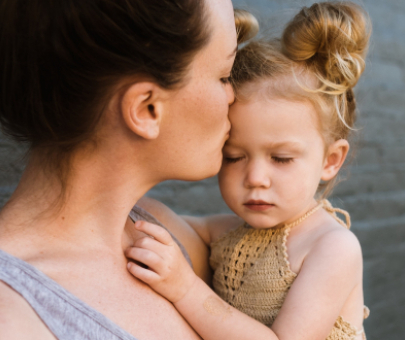
Lesson Plan: Connecting to Compassion
-
- Secure and Calm
- Gets Along with Others
- Alert and Engaged
- Compassionate and Kind
- Solves Problems Peacefully

Jumping for Joy: How Movement MOVES us with Dr. Kelly McGonigal
-
- Secure and Calm
- Gets Along with Others
- Alert and Engaged
- Compassionate and Kind
- Solves Problems Peacefully

8 Steps to Set Compassionate & Kind Boundaries with Young Children
-
- Secure and Calm
- Gets Along with Others
- Alert and Engaged
- Compassionate and Kind
- Solves Problems Peacefully
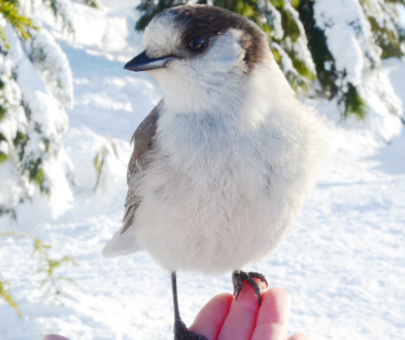
Finding Joy in Reciprocity
-
- Secure and Calm
- Gets Along with Others
- Alert and Engaged
- Compassionate and Kind
- Solves Problems Peacefully
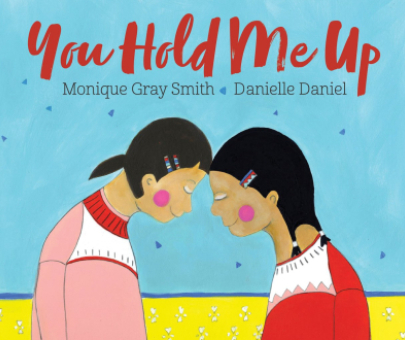
5 Activities for Holding Each Other Up, Inspired by Monique Gray Smith
-
- Secure and Calm
- Gets Along with Others
- Alert and Engaged
- Compassionate and Kind
- Solves Problems Peacefully
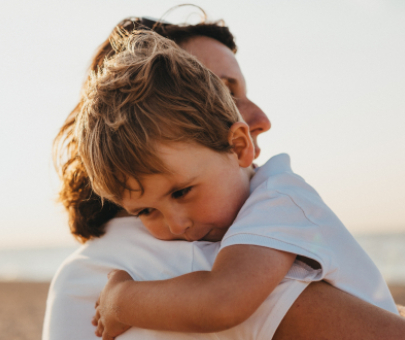
Regulation IS Connection: How to Model Regulation as a Parent or Caregiver